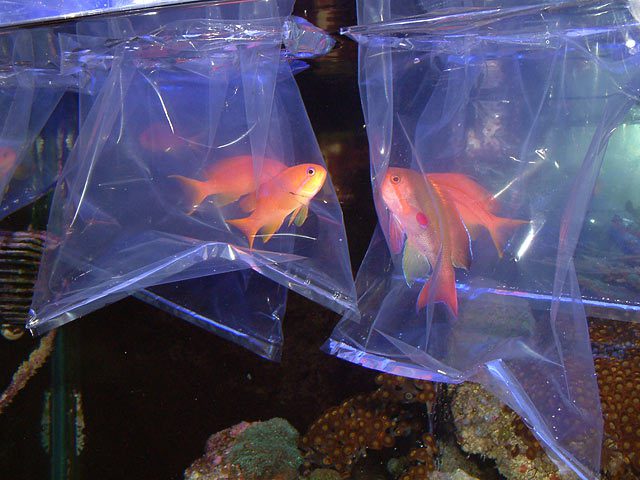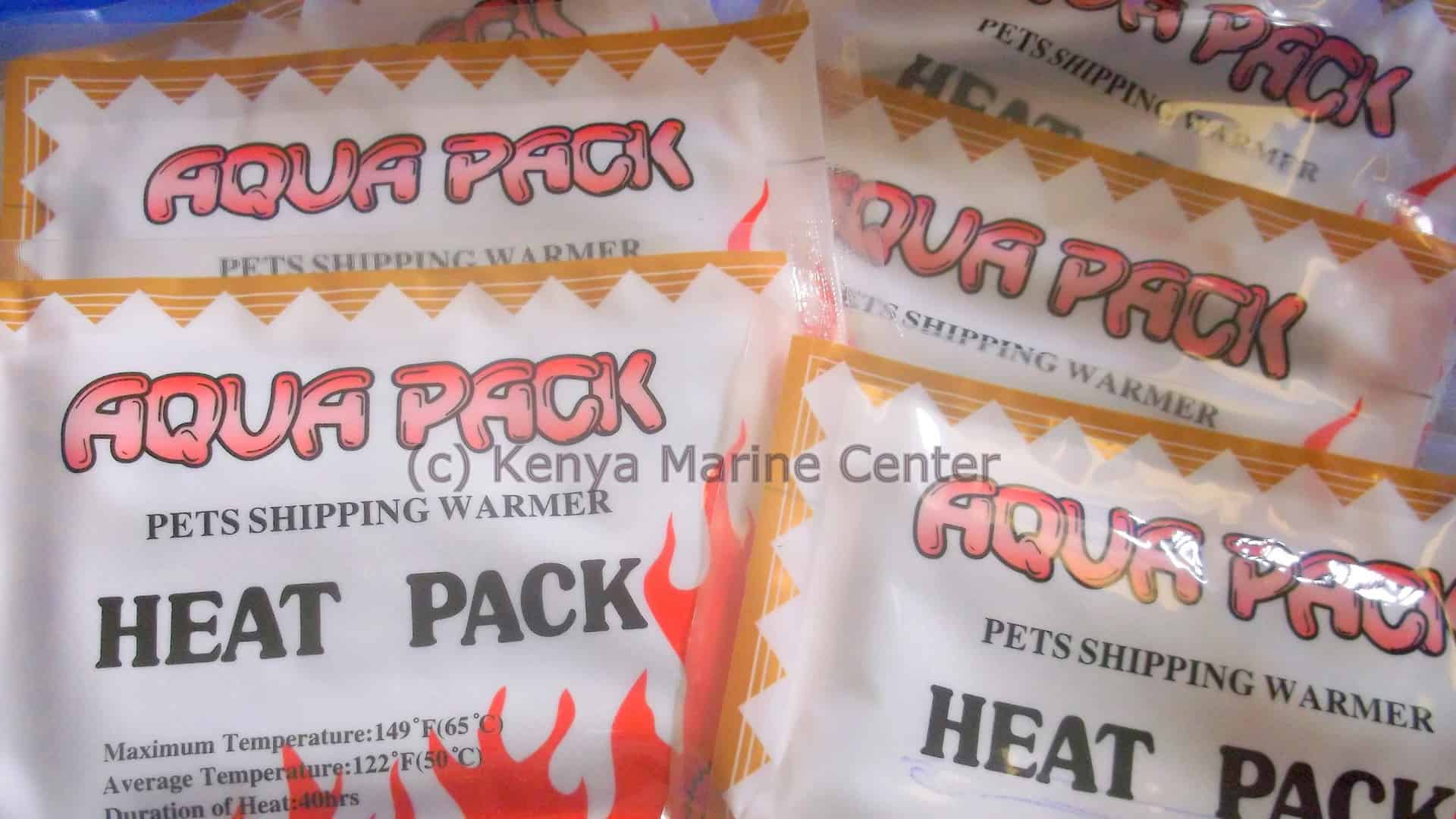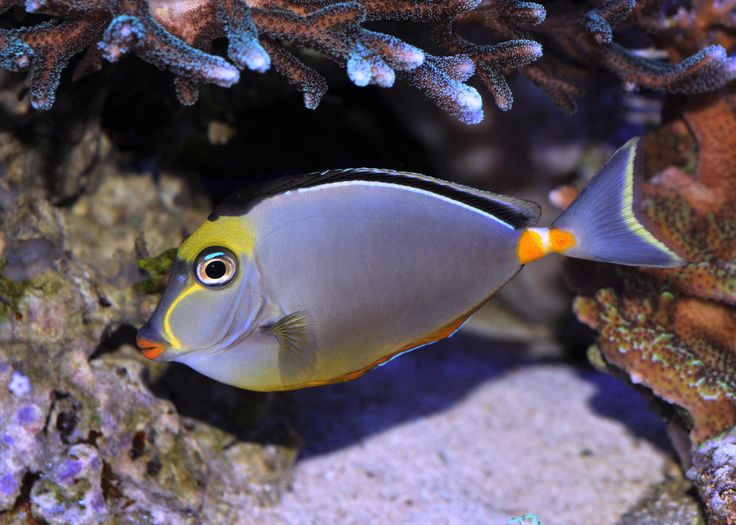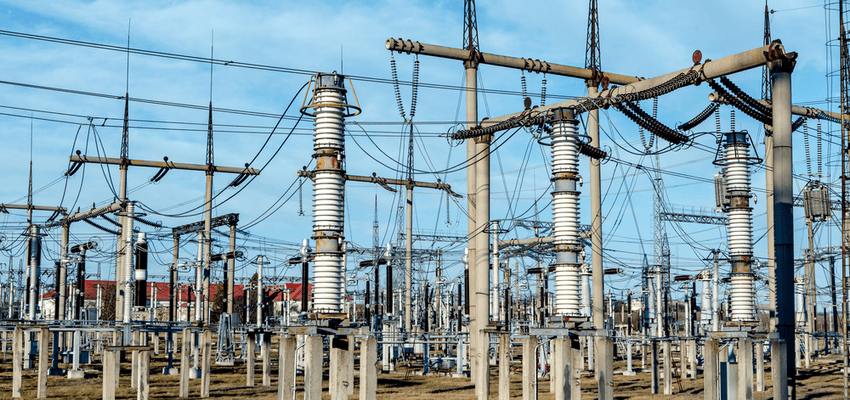So you are pretty excited about your new arrivals, can’t wait to get them into your tank. But a short while after you get them into their new home, your new fellows just lies there, dead. What could be the problem?
There is probably nothing more stressful to fish & inverts than bringing them from the wild through the wholesaler to your home. Within a short period of time, the fish was captured, held, packaged, shipped, sorted, handled, and packaged again, and so on through the collector, exporter, importer, wholesaler, and retailer to your tank. Throughout this process the livestock have undergone drastic changes in temperature, ammonia, pH, salinity, diet, medications etc. and arrive at your tank completely stressed.
What some hobbyists do not realize is that if the fish are not handled very carefully and placed in an optimum environment, their stress levels will increase making them sick and they will eventually die. You first need to understand the stress factors and how one can eliminate them. A smooth transition is therefore to your tank is facilitated through proper acclimation.
What is acclimation? Acclimation is the process whereby fish or invertebrates are transferred successfully from the shipping bag of water into your home aquarium. Why is acclimation important? Your new arrivals from the ocean are used to stability and any abrupt change to their environment could lead to stress, disease, or even death. It is very necessary to spend some time acclimating them to avoid any of the above scenarios.
Temperature, pH and ammonia levels often go awry during shipping and long duration in a closed bag. You must also be aware of the salinity differences between the shipping water and your aquarium water; this can only be achieved through Acclimation.
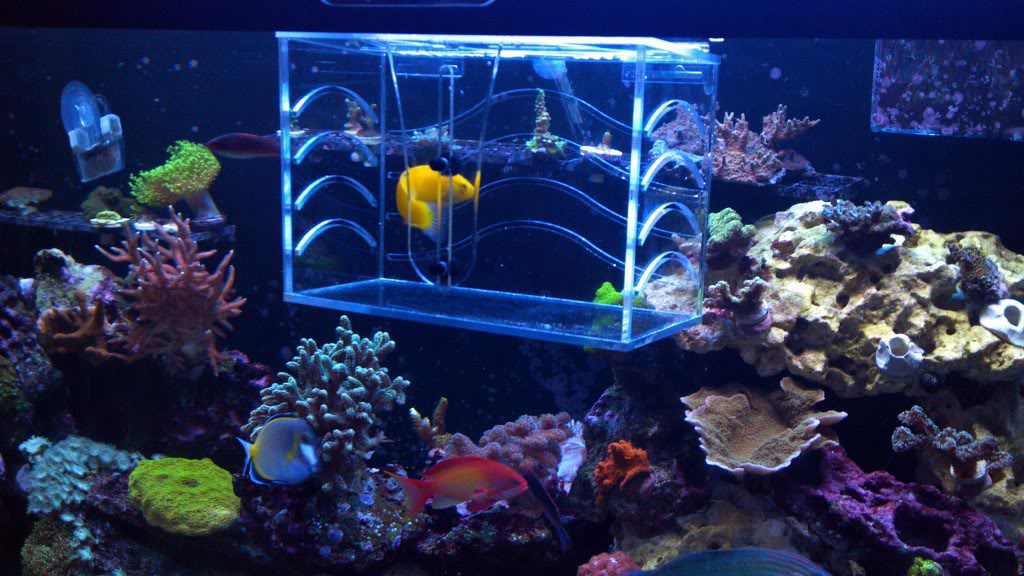
Stress factors to be aware of and how to deal with them:
1) Temperature- The proper way to slowly adjust the temperature of your newly arrived fish or invertebrate is to float the bag in your existing aquarium water under dim lighting conditions only. Do NOT float a bag under a set of intense and hot lights!! This will cause the water in the bag to heat up too rapidly, and can shock the new arrival due to the intensity of the light at the water’s surface. The best way to temperature acclimate is in a sump, refugium, or main tank with the lights out (or turned very dim if possible). Do not open the bag and start exchanging or dripping until the temperatures are equal inside the bag and inside the aquarium.
2) pH- The pH often drops during shipping, due to fish respiration and waste released into the shipping water. Acclimation will bring the pH in the bag gradually up to the pH level of your aquarium. The proper pH for your saltwater aquarium is 8.0-8.4; the proper pH for your freshwater aquarium is 7.0. The higher your tank pH the longer you should acclimate, but don’t generally exceed 60 minutes. On average, this process should last 20-45 minutes. It’s also important as you bring the pH up to add ammonia neutralizer, because as the PH increases in the bag, so does the toxicity of the ammonia.
3) Ammonia- Ammonia builds up in the shipping water due to fish and invertebrate waste in the bag. The lower pH in the shipping bag renders the ammonia less toxic. After temperature acclimation, we recommend a few drops of a commercial ammonia neutralizer, such as amquel, be added to the bag water. Once the neutralizer is added, begin adding tank water to the bag and removing shipping water gradually until you have exchanged at least 75% of the water, or proceed with drip acclimation at this time. So as you acclimate the pH will rise back up to tank levels and the ammonia will be diluted out. Never acclimate without ammonia neutralizer because as the pH in the bag rises, the ammonia in the bag becomes more toxic and will cause excess respiratory stress to the fish / invertebrate.
4) Salinity- Salinity or specific gravity, the amount of salt contained in the seawater, will generally not fluctuate during shipping. However, acclimation is very important to ease the transition from the bag salinity to the aquarium salinity. Wild fish live within very specific salinity levels. Their bodies work hard to maintain the osmotic gradient between themselves and their environment. If their environmental salinity is not specific to their needs and is not held at a steady level, they have to work harder to maintain their osmotic gradient, which generates chronic stress. We generally recommend at least 10-15 minutes of acclimation for every point difference between the two salinities. Example: The bag salinity is 1.026, the tank salinity is 1.022, that’s a 4-point difference in salinity, therefore acclimate for 40-60 minutes. Salinity of our shipping water will generally run 1.018-1.020 for fish, and 1.023-1.025 for inverts. We recommend testing the water upon arrival with a reliable refactometer, and not placing the fish or invert into the tank until the salinities are equal.

